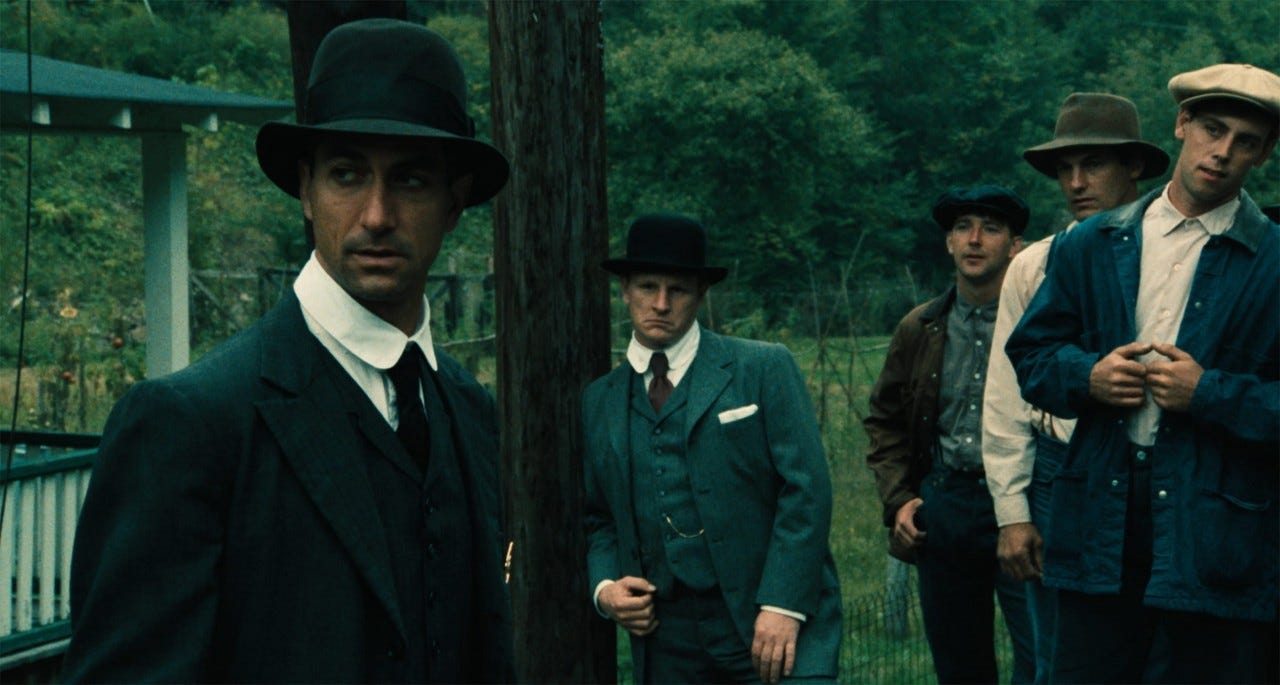Cinema Of Resistance: 'Matewan' and 'Harlan County, USA'
Our exploration of the Cinema Of Resistance focuses in on a pair of films about coal miners, and their plight to organize.
“There’s only two kinds of people in this world;
Them that work, and them that don’t. That’s it.”
- Joe Kenahan
Barbara Koppel’s 1973 masterpiece, Harlan County USA opens with footage of coal miners tunneling underground. Groups of men, some young, others middle aged and worn, ride a rubber conveyor belt to be ferried deep within the mines that run every aspect of their lives. We are witness to the subterranean struggle as these men battle the darkness, the falling rock, coal dust, and myriad other hazards to earn a very meager living. It is dangerous, back breaking work, and the men who do it are being exploited.
Harlan County USA is a window in to a world that was slowly vanishing even in the early 1970s when Koppel captured it. With unprecedented access, Koppel an…
Keep reading with a 7-day free trial
Subscribe to What Am I Making to keep reading this post and get 7 days of free access to the full post archives.





